Radical and long-term measures needed to boost public investment disbursement
 |
| Minister of Planning and Investment Nguyễn Chí Dũng |
Could you explain why the disbursement rate of public investment capital was low in the first half of this year?
By the end of May, the disbursement rate of public investment reached 22.4 per cent of the plan assigned by the Prime Minister, below the Government’s expectation. This led the Prime Minister to set up six working groups to inspect and push for faster disbursement in the ministries and localities with low rates.
However, in my opinion, to assess whether it is slow or not, it’s necessary to look at it in a broad perspective and across the whole period.
For example, during the 2017-22 period, the disbursement rate in the first five months reached between 22-26 per cent of the assigned plan, however, the whole-year rate fluctuated between 76.9 per cent and 96.5 per cent.
In 2018, the disbursement rate for the whole year was the lowest at 76.9 per cent even though the five-month rate was among the highest during this period.
Meanwhile, 2020 recorded the highest disbursement rate of 96.5 per cent and the second highest year was 2021 at 95.7 per cent when many projects from the 2016-20 period had their implementation time extended and new investments are prepared for the next five-year period.
Thus, it can be seen that the disbursement rate usually increases at the end of the year. The low disbursement in the first few months will not translate into a low rate for the whole year.
When I reported to the National Assembly recently, I made this very clear. The disbursement rate for the whole year clearly reflects the effect of solutions in terms of institutions, leadership and direction at all levels.
Institutional reform is the key step, but the direction and administration at provincial levels is also a decisive factor.
Does this mean the low disbursement rate was due to both inherent systematic causes and specific causes of each year?
It’s true that there are systemic causes that persist for many years, such as slow clearance, limited capacities of investor/contractor, or the lack of drastic direction by the authority. Besides, there are subjective and objective causes due to the characteristics of each year.
In 2022, there’re some specific reasons, such as the complicated development of the COVID-19 pandemic which hampered project progress, and soaring prices of raw materials which made many contractors work perfunctorily, waiting for price adjustments.
Moreover, although 2022 is the second year of the 2021-25 period, it is actually the first year as the new-term public investment plan was approved by the National Assembly in July 2021. So in fact, at the beginning of this year, it was mainly the implementation of transition projects.
Meanwhile, new projects usually take about 6-8 months for preparation, so it will take until the end of the year to be able to disburse. Here, I also want to emphasise that new project implementation is a key weakness leading to slow disbursement of public investment.
In addition to poor preparation and project selection, ministries and localities have not prepared to invest early, neglecting the fund allocation for this stage while lacking adequate preparation for the projects of the next period. There is also no synchronisation between the project preparation and detailed schedule delivery.
This leads to the situation in which capital waits for the project. The Government has assigned the plan but the ministries, branches and localities could not submit the detailed plan due to incomplete procedures.
If the quality of project preparation is low and land management is not good, it will lead to the need to adjust the project many times, increasing costs and prolonging the progress.
There are localities claiming that there are problems in decentralisation and provisions of the Law on Public Investment challenging the local disbursement. Is this the case?
I think that is not true. Decentralisation is taking place, from defining development goals to selecting projects, project planning, investment preparation, project appraisal and approval, bidding and project settlement. Ministries and local authorities have full authority to decide all stages in the implementation of public investment projects.
We have also renewed thinking and planning methods from annual short-term to 5-year medium-term plans, changed from by-law document management to the Law on Public Investment, from pre-inspection tracking to post-audit, limiting scattered and fragmented investment.
Previously, ministries, central and local agencies used to complain about slow capital allocation and lengthy capital transfer plans, but now capital is allocated one time at the end of the previous year. Ministries and agencies are allowed to transfer capital from projects with low capital requirements to ones with higher needs. Thus, slow disbursement is mainly attributable to subjective reasons.
In terms of institutions, despite the Government’s efforts, it is true that there are still certain difficulties and obstacles. But it is not only due to the Law on Public Investment.
When a project is implemented, it must comply not only with the Law on Public Investment but depending on the nature of the project, it must also be governed by other relevant laws such as the Law on Planning, Law on State Budget, Law on Construction and Law on Land among others and even international treaties and commitments.
Long Thành International Airport project for example, though permitted to use a specific mechanism and policy to speed up the progress and allocate enough capital for implementation, in fact, the construction progress is very slow due to the issues related to land acquisition, compensation, support and resettlement.
What solutions do we need to speed up the disbursement rate in the last months of the year?
Boosting the disbursement of public investment is a very important political task, especially when the economy is still struggling and needs solutions to recover. The Government has taken many drastic measures to promote the disbursement progress.
However, I think we should not only care about immediate problems but must solve radical and long-term issues through continuously reforming institutions, policies and changing the approach, management and use of public capital.
Besides tackling obstacles related to the Law on Public Investment, we should also pay attention to amending and supplementing other relevant legal provisions to ensure a uniform and transparent legal system.
Another very important factor is to have early and good preparation, research and supplement regulations in some advance actions to ensure feasibility and availability, especially in terms of construction ground, so that if capital is allocated, it can be disbursed and implemented early.
Regarding this issue, the Government is studying to report to the National Assembly for permission to separate the site clearance to an independent project, to be implemented with specific regulations, suitable to actual conditions, to improve the readiness and implementation of the project.
Along with that, in addition to the general requirement of managing and using public capital effectively, it is necessary to look directly at the causes of the bottlenecks that are impeding and slowing down the disbursement, such as public investment discipline, capacity of State officials at all levels and responsibility of the head of the authority. If these limitations are resolved, the disbursement rate will definitely increase
Related News
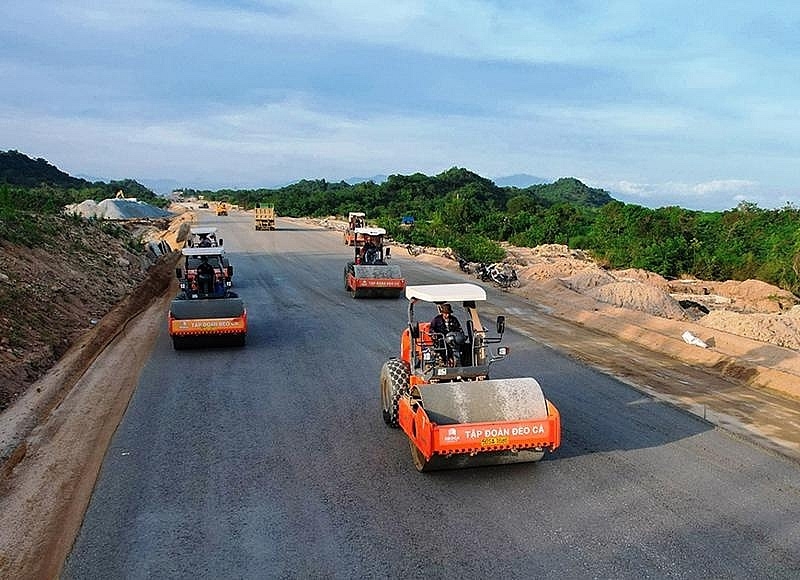
Publicizes progress of public investment disbursement for important national projects
15:21 | 19/12/2024 Finance
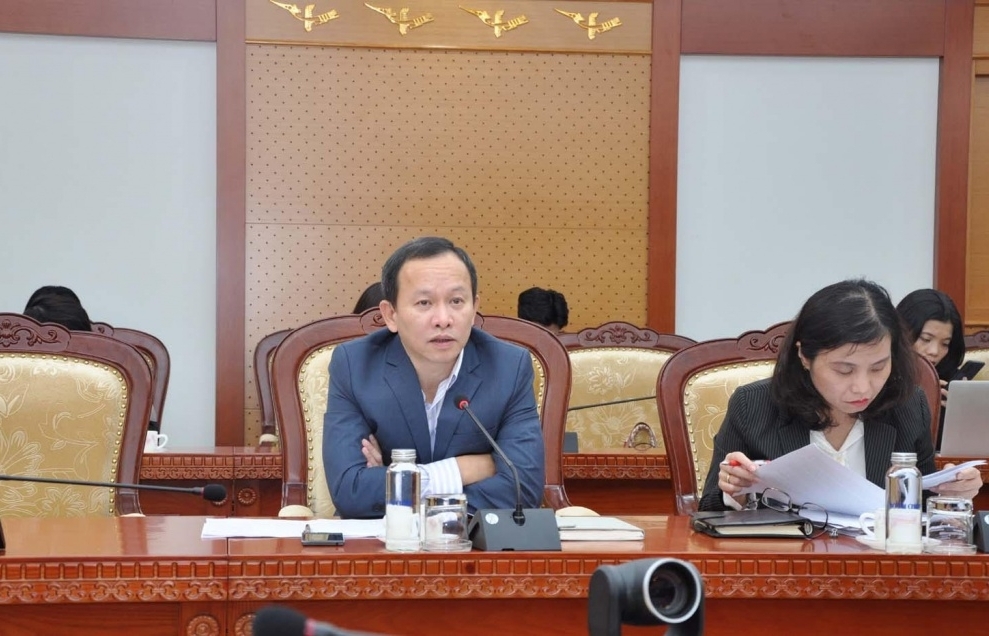
Disbursement of public investment from foreign loans reaches 39.06% of the plan
18:26 | 08/12/2024 Finance
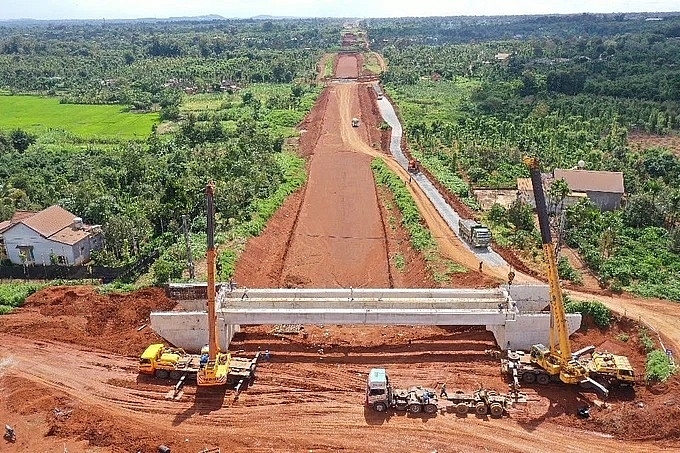
Accelerating public investment in national key transportation projects
10:16 | 09/12/2024 Finance

Green transformation: It's time to force businesses to "get involved"
09:23 | 25/11/2024 Headlines
Latest News
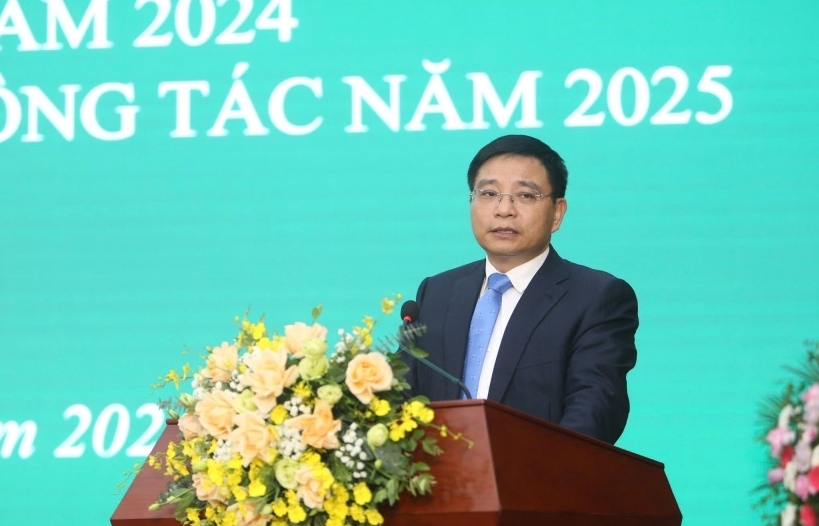
Vietnam's stock market to develop strongly and sustainably
19:08 | 21/12/2024 Finance

Tax sector achieves revenue target of about VND1.7 million billion
18:32 | 21/12/2024 Finance

General inventory of public assets raises efficiency of use and management of country's resources
09:29 | 20/12/2024 Finance

Six SOEs to be transferred back to industry ministry
15:38 | 18/12/2024 Finance
More News

PM urges stronger measures to manage interest rates
16:53 | 17/12/2024 Finance

Six SOEs to be transferred back to industry ministry
16:48 | 17/12/2024 Finance

Vietnamese products: Conquering foreign customers in supermarket systems
16:45 | 17/12/2024 Finance
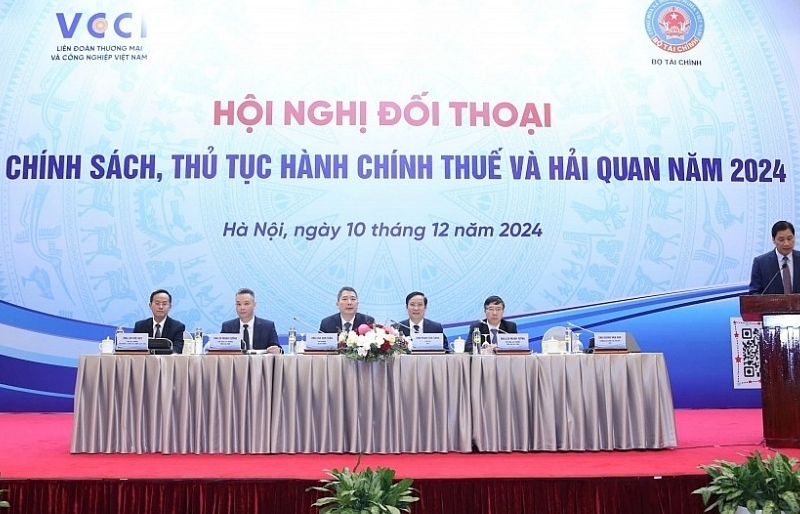
Answering many questions from businesses at dialogue conference on tax and customs policies
10:01 | 17/12/2024 Finance
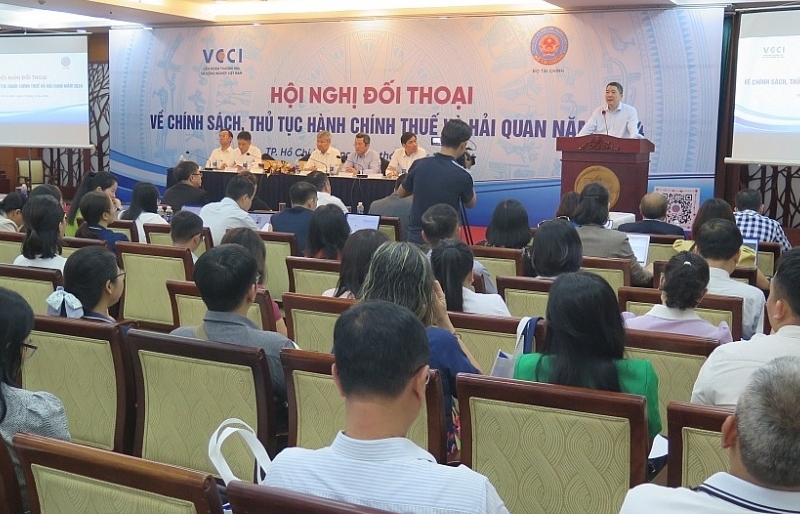
Enterprises face difficulties in tax refunds due to partners closing
10:01 | 17/12/2024 Finance

Strengthen the management and use of electronic invoices for e-commerce
11:24 | 16/12/2024 Finance

Ministry of Finance proposes comprehensive amendments to the Personal Income Tax Law
11:23 | 16/12/2024 Finance

Expansionary fiscal policy halts decline, boosts aggregate demand
19:27 | 14/12/2024 Finance

Ministry of Finance stands by enterprises and citizens
15:30 | 13/12/2024 Finance
Your care

Vietnam's stock market to develop strongly and sustainably
19:08 | 21/12/2024 Finance

Tax sector achieves revenue target of about VND1.7 million billion
18:32 | 21/12/2024 Finance

General inventory of public assets raises efficiency of use and management of country's resources
09:29 | 20/12/2024 Finance

Publicizes progress of public investment disbursement for important national projects
15:21 | 19/12/2024 Finance

Six SOEs to be transferred back to industry ministry
15:38 | 18/12/2024 Finance





